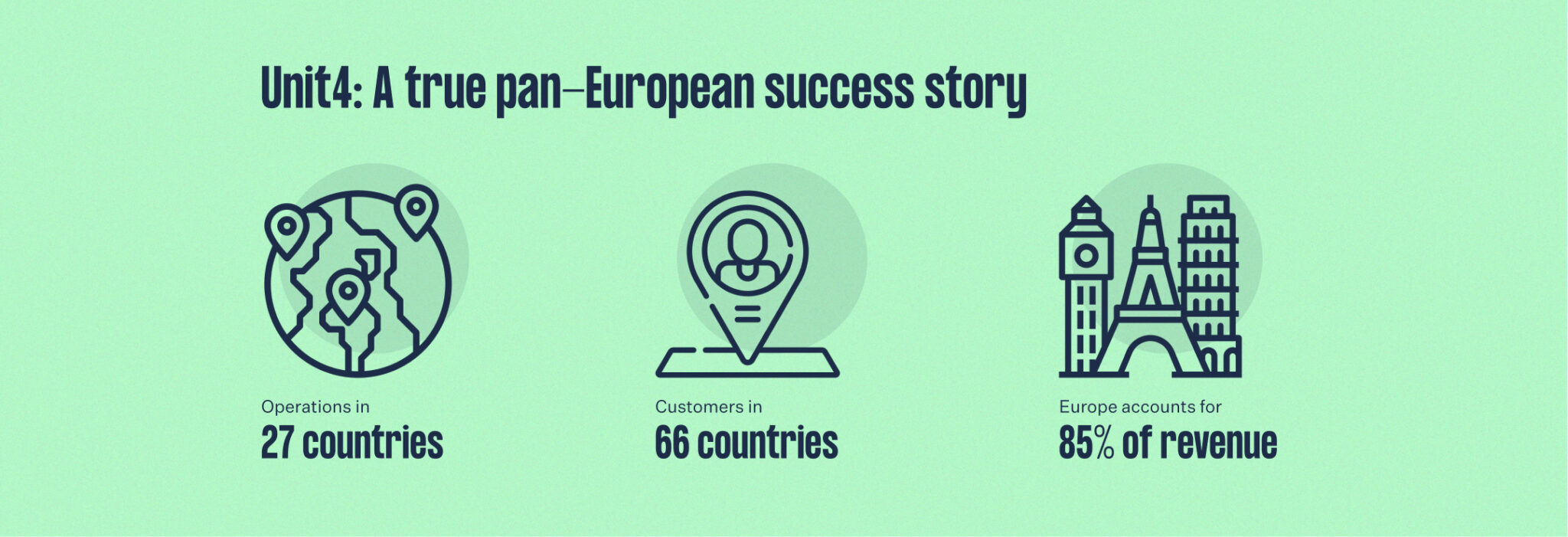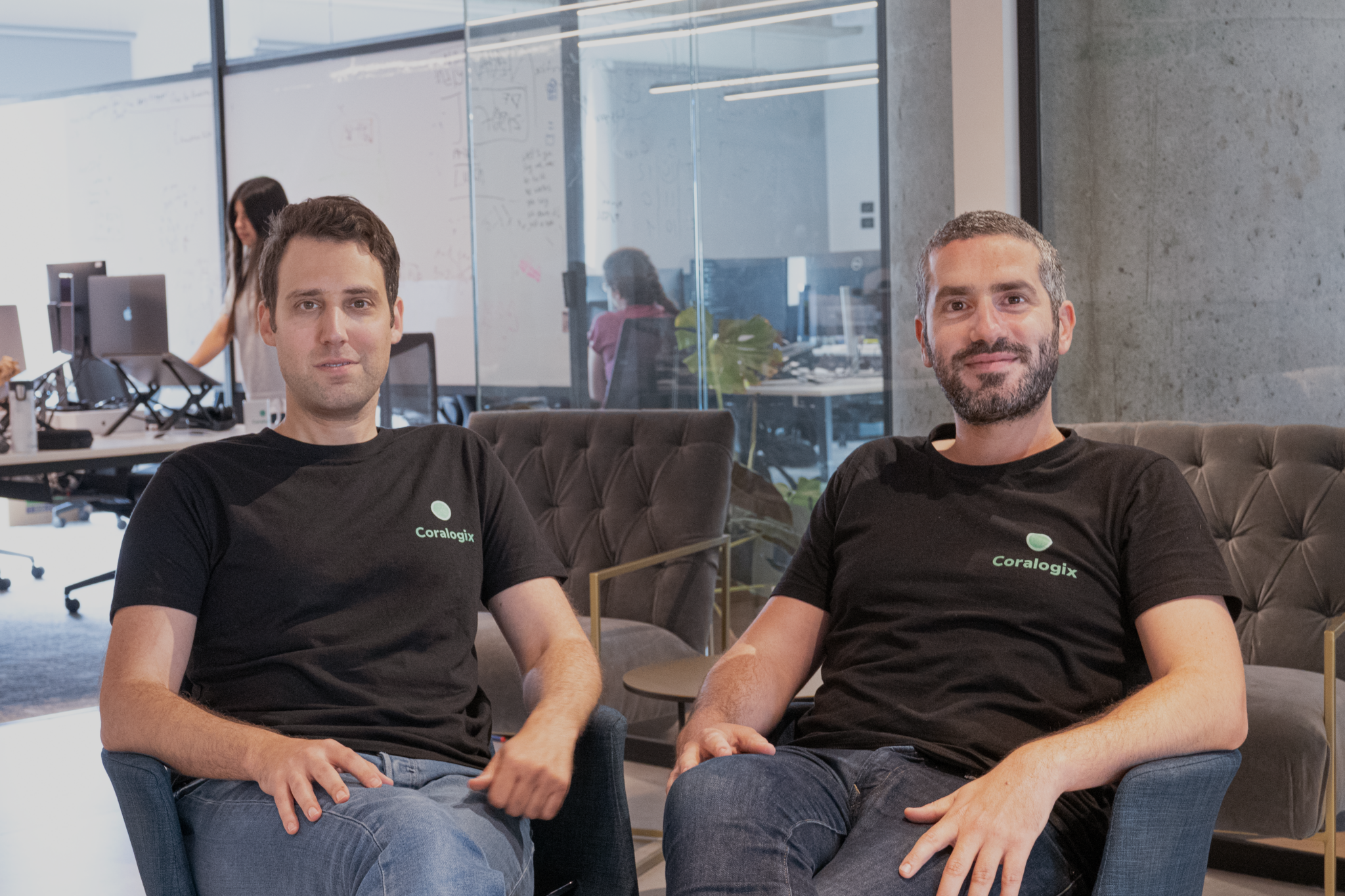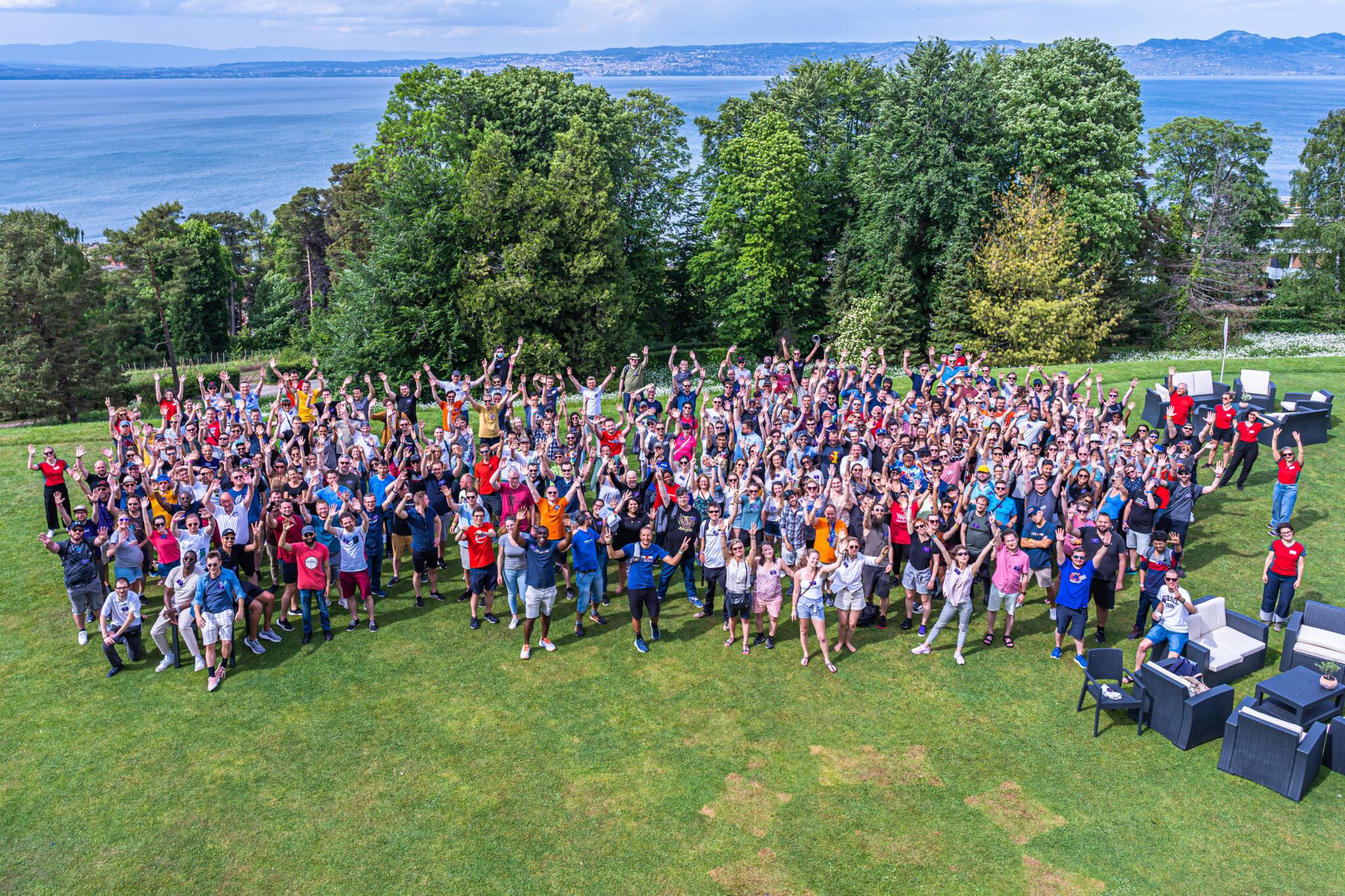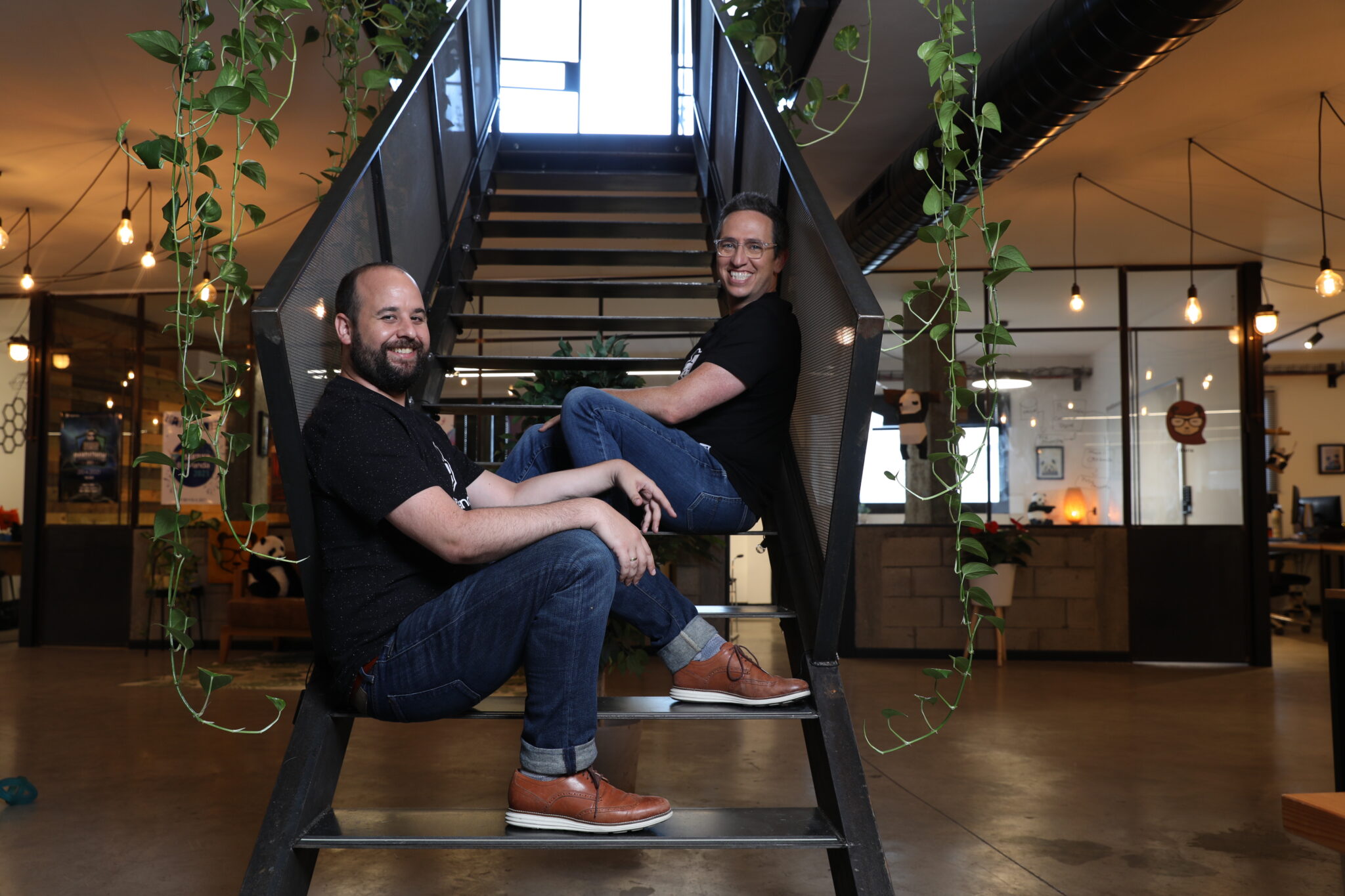
October 18, 2021Fireside Chats
Going global and moving to the cloud: You can’t fake either of them
Unit4 CEO Mike Ettling shares lessons from a company transformation
- Succeeding across borders requires a global mindset that impacts product, culture, talent and go-to-market initiatives
- A strategic combination of organic growth, partnerships and M&A is essential for establishing a pan-European or global footprint
- Moving from license revenue to a SaaS model is an accounting change; becoming a cloud company requires a deeper transformation
With more than 40 countries, nearly 750 million people and 24 official languages, Europe is a massive consumer market and a tantalizing opportunity for most global companies. Yet few truly crack the code for how to succeed across the continent.
Perhaps the best advice on how to thrive in the European market—and, really, on how to operate globally—from someone whose company has achieved that goal, boils down to this: don’t try to fake it.
Mike Ettling, CEO of European software vendor Unit4, which develops enterprise cloud applications for mid-market, people-centric organizations, says succeeding there requires a true commitment to being international. That starts with the product but extends to the organization, the culture, the go-to-market approach, the strategic use of M&A and every other aspect of the business.
“I deliberately run a headquarter-less organization,” Ettling told Advent’s Thomas Weisman, during a fireside chat. Sure, there’s a legal headquarters in the Netherlands, where the company was founded, but little else anchors the company to one specific location. The company has operations in 27 countries, customers in 66 countries and draws 85% of its revenue from Europe.
“I have a global team,” Ettling added. “When we used to meet pre-Covid, we met in different offices for every leadership meeting. We operate in multiple time zones…. We run a very United Nations-type team in a very global way across the organization. And that sort of message from the top lets people believe they’re global.”

Unit4, which Advent acquired in 2014 and sold in 2021 after partnering with Ettling on its successful transformation, offers lessons not only on how to succeed across Europe, but also on what it takes to reinvent a traditional software maker into a cloud company. Both, Ettling believes, should start with the product. “If you’re in software, you’re in product,” said Ettling, as he shared lessons from Unit4’s journey during the fireside chat.
A multipronged approach to a multijurisdictional product
At Unit4, the focus on building a truly international product has long been part of the company’s DNA. “Pausing and taking the time to make sure the architecture and the product are right to cope with multicountry, multicurrency, localization and different legislation is really important,” Ettling said. That doesn’t happen overnight, especially in a business that’s highly dependent on legislation and regulations that are local.
A key component of Unit4’s drive to internationalize its product is a clear-eyed assessment of what should be developed in-house and what should be done through partnerships. “We do not build sales-tax and value-added-tax capabilities in the system,” Ettling said. “For us to try to build that and maintain it across 140 countries doesn’t make any sense.” Instead, the company uses country-specific partners to add those capabilities locally. That allows Unit4 to deliver the right software at minimal cost regardless of “which country in the world a customer wants to operate in,” Ettling added.
When and how to use M&A
The decision of what to build in-house also plays a critical role in how the company approaches a new market. “In building a business like ours across the globe,” he said, “the short answer is you cannot do it organically only. I don’t think anyone can do that.” The question then becomes, When does it make sense to consider acquisitions as opposed to entering a market directly or tackling it through resellers?
M&A has long been a part of Unit4’s toolkit. The company has acquired more than half a dozen businesses in the past 20 years. “You always start by asking yourself the question, ‘Will I be a better home for this company?’” Ettling said. “If the answer is yes, then you ask yourself why?” The answer, he says, helps define an integration plan.
“If I’m a better home for this company because I can scale the product or I need the talent, I can bring those skills into the organization,” he said. But many companies make the mistake of not integrating their acquisitions quickly enough. “If we say this company is so different, and we’re not quite sure why we’re a better home for it, and we’re going to keep it separate, we end up with bigger issues downstream,” he said.
No shortcuts to becoming a cloud company
Unit4 was founded in 1980 and operated as a family-run organization until the early 2000s, when it first brought in professional management. That’s when the company embarked on a profound rethinking of its product and business model as it embraced the cloud. “There’s a big, big difference between transitioning to SaaS revenue and becoming a cloud company,” Ettling said. “One is an accounting problem. The other is a true transformational problem. Most organizations think that becoming a cloud company is a transition to create subscription revenue. It’s not.”
Mike Ettling
CEO, Unit4
A true cloud transformation is a multifaceted endeavor that touches everything from product to talent to how a company interacts with customers. “In the on-premise world there’s a mentality of, ‘sell the software, ship the CD, and the job is done,’” Ettling said. Then a partner, often a professional services organization, is tasked with ensuring the software actually delivers for the customer. “In the cloud world, I have this mantra which says the project starts when the software goes live,” Ettling said. “You’re delivering innovation quarterly, weekly, much more rapidly. It’s a very different mindset.”
People, of course, are key to internalizing that mindset. “When I joined, we were well on the way to being a subscription revenue company,” he said. “We’d done some good stuff on the product to become a cloud company. But we still looked like an on-premise company trying to do cloud.”
Ettling set out to refresh the skills within the organization. “You have to build a team, you have to hire talent for where you’re trying to go,” Ettling said. “That’s the biggest learning I’ve had around how you drive this transformation. It all comes down to the talent.”


